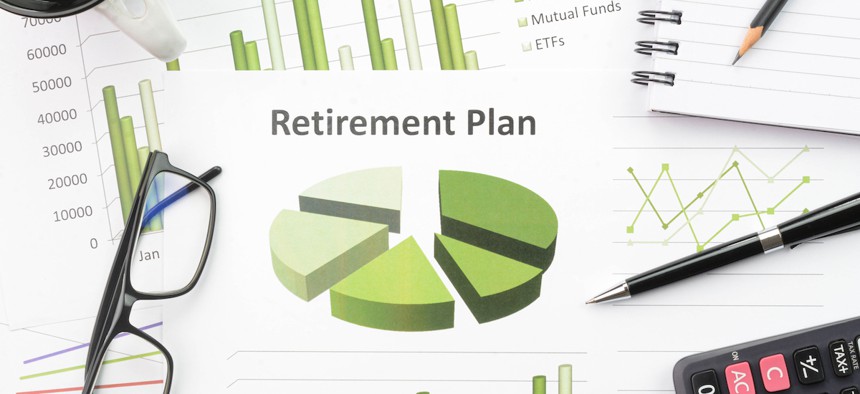Pension systems’ built-in modernization deadline: IT staff retirements

jayk7/Getty Images
The Washington Department of Retirement Systems is modernizing its pension administration infrastructure before the soon-to-be retirees managing it take their skills and knowledge with them.
As the expected wave of baby boomer retirements approaches, public sector pension systems face typical modernization challenges, but with an ironic twist: What happens when the IT staff managing pension system also retires?
Agencies have had decades to prepare for the “silver tsunami,” which is why “most retirement systems in the first and second decade of this century went through a modernization,” said Thomas Zacharias, managing director of State Government Practice at Deloitte. Many agencies transitioned their siloed pension systems into integrated platforms where employers, active pension plan members and retirees could manage their benefits, payments and other data.
For instance, employers can use these pension portals to submit payments to employees who also use the portal to check their account balance or review their expected benefits. Retirees may access pension systems to download their tax statements or view their payment history, he said. With most of today’s integrated pension systems, users don’t encounter siloed operations that slow down transactions or incur repetitive tasks.
But the work isn’t done yet, Zacharias said. “If you have a solution that was put in 15 years ago, the modern architectures [today] are more flexible and more secure,” he said. In recent years, for example, cloud adoption in the retirement space has skyrocketed, he said, as “more and more states are getting away from their data centers and moving to the cloud.”
Washington is one such state. In November, the Department of Retirement Systems (DRS) issued a request for proposals for its first major modernization effort. The RFP called for a cloud-hosted solution with vendor-provided pension administration software. The DRS manages pension plans for more than 550,000 active and retired members and other beneficiaries, according to the agency site.
“Our existing legacy technology was originally designed in 1992,” Amy McMahan, director of the project management office at DRS, said. “All of our applications are black screens with green lettering … [and] our legacy technology is built on the mainframe platform.”
Modernization will streamline workflow for internal staff as well as improve customer experience for external users, she said. Since the pandemic, for example, DRS has seen an uptick in member activity, including pension transactions and calls for services such as benefit estimates or initiating the retirement process. The current legacy tech, however, makes it difficult for staff to find information that retirement plan members request.
“It’s slow and clunky. You have to navigate three or four screens to get to the information that a customer needs,” McMahan said. An updated system with features such as faster queuing and click-and-point functionality will help DRS manage call volumes and staff workload, she added.
Another advantage to modernization is mitigating the skills gap resulting from agency staff who are near retirement themselves. It’s imperative agencies move away from legacy systems managed by soon-to-be retirees who will take their knowledge and expertise with them, MITRE technical fellow Nitin Naik said.
For DRS, “part of what we’re buying … is the skillset to update the system,” McMahan said. That means training new programmers on the modern software as well as the old technology to ensure a smooth transition over the next few years. “We’re mitigating a huge risk by moving to this new pension software, because they don’t teach people how to use [legacy technology] in college anymore.”
As agencies prepare for the future, the question of mobile accessibility inevitably arises, but “the demand for mobile has not been that significant,” said Akio Tagawa, president and CEO of Linea Solutions, a management and technology consulting firm for retirement systems.
Active members typically do not interact with their pension plans frequently, and while retirees may want to update their address or download their 1099-R forms, doing so over a mobile platform “is not such a big extra benefit over browser-based functionality,” he said.
Indeed, implementing a mobile application is not a priority for DRS as of now, McMahan said. However, as DRS replaces its legacy system, “part of what we’re looking for, from a member portal, is … a responsive design,” she said. Whether it’s on a computer or a handheld device, “we want people to have the information they want at their fingertips.”






